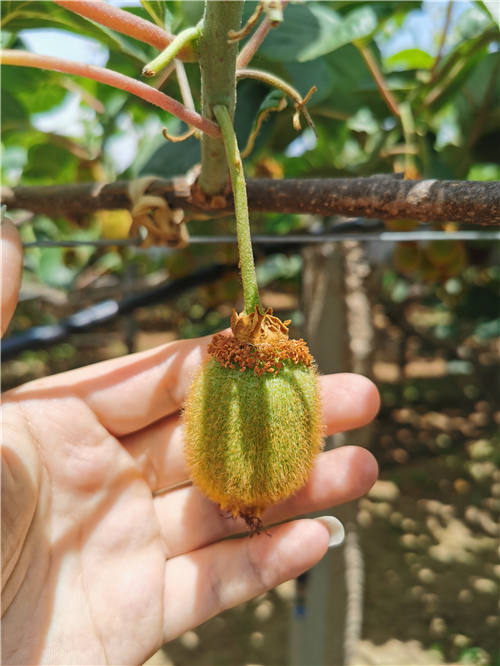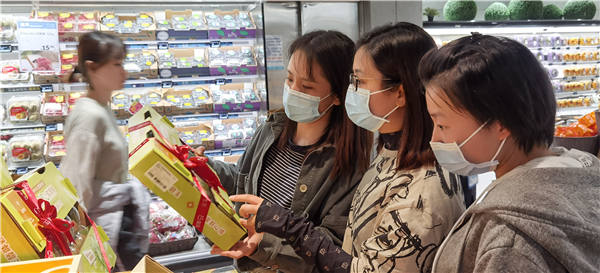A sweet result
By Li Yingxue | China Daily | Updated: 2021-01-11 07:40

Immediate gratification
Li's father was an apple-growing technician, and, in the 1980s, was given the task of cultivating wild kiwifruit into a viable crop.
"My father needed to gather and plant different varieties of wild kiwifruit and observe them for a long time to see which could be cultivated," Li recalls, adding that they had 3.3 hectares of kiwifruit fields.
"It took my father a few years to find the right variety and he taught me how to plant kiwifruit when I was 16 years old," Li says.
Li remembers that his father had good kiwifruit cultivation skills, and that other growers would come from all over the country to learn from him.
"I want the customers to be able to eat our kiwifruit right away, like it's possible to do with many other fruits, such as apples," he says.
According to Li, fruits like avocado and banana also need to ripen after harvest. "If one can master the best post-harvest ripening technique for a specific fruit, it can bring high returns," he says.
In 2009, Li started to study the post-harvest ripening techniques for kiwifruit and has, so far, conducted more than 2,000 experiments. Li says the first seven years were particularly difficult for him, when almost all experiments failed. After that, he started to make progress, but a breakthrough finally came last year.
Li says the breakthrough is based on his previous failed experiments. His techniques have improved, little by little, each year.
The harvest season runs from September to November, and is the only time in which Li can conduct his ripening experiments.
"There are only a few months in a year that the experiments can be carried out and, if I fail, I have to wait for another year," Li says.
Li's family used to sell kiwifruit for a living. After he started the research, most of their product has been used for his experiments, and he sometimes even has to buy in produce from other growers.
One experiment used over 1 ton of kiwifruit, and when he got some good results, he needed 10 to 50 times more in order to verify the result.
Over the years, his family has made a lot money by growing kiwifruit. However, Li has spent over 10 million yuan ($1.55 million) to fund his research, and sometimes, he even has to borrow money from friends.
After adding new equipment in a piecemeal fashion over the past decade, Li now has two 800-square-meter laboratories.
Li says that kiwifruit is incredibly sensitive to external scents, so people who drink, smoke or wear perfume are not allowed in the laboratories, and according to Li, the early morning and midnight are the best times for his research.
Finally, in May, Li and his team were satisfied with the flavor of their ready-to-eat kiwifruit.
According to Li, when the kiwifruit is harvested, it may contain up to 15 percent sugar. As the starch continues to convert to sugar after they are picked, by the time his ready-to-eat kiwifruit arrives on shelves, it contains around 18 percent sugar.

























